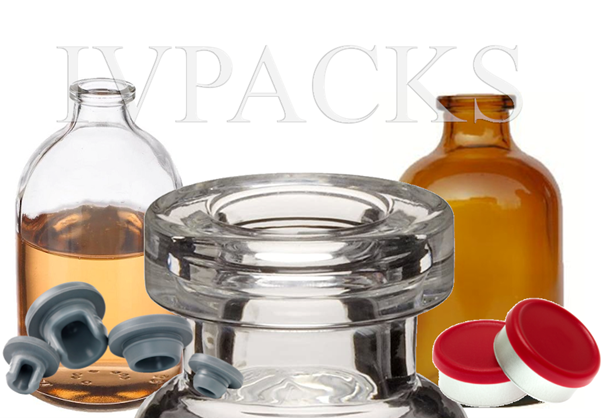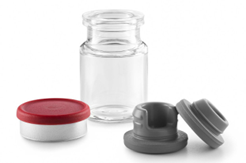
SERUM VIAL INJECTION STOPPERS
How many days is a vial good for after initial puncturing?
What is the maximum number of times a vial stopper should be punctured?
What is the effect of repeated puncturing of a vial stopper?
What is the test required for evaluation of injection vial stopper penetration?
QUESTION: How many days is a vial good for after initial puncturing:
ANSWER: 28 days max unless lesser number of days are indicated by the manufacturer
https://www.cdc.gov/injectionsafety/providers/provider_faqs_multivials.html
QUESTION: What is the maximum number of times a vial stopper should be punctured when withdrawing medications in a vial
ANSWER: 10 punctures, but this will depend upon factors such as the bore diameter of a hypodermic needle and the angle of penetration.
https://pubmed.ncbi.nlm.nih.gov/23636157/
QUESTION: What effect does repeated puncturing of a vial stopper cause?
ANSWER:
Repeated punctures of the stopper in a multidose vial can affect several factors related to the medication's integrity, sterility, and stability.
Coring: One notable effect of concern is the increased chance of “coring” – a small particle of the rubber stopper that is floating in the liquid medication. The chance of this occurring increases with multiple puncturing of the same stopper.
https://www.ncbi.nlm.nih.gov/pmc/articles/PMC9111999/
Additional concerns:
Sterility: Each time the stopper of the vial is punctured with a needle, there is a potential risk of microbial contamination. Even though the needle is sterile, it can introduce microorganisms from the environment or from the previous punctures into the vial. Over time, with repeated punctures, this risk increases, potentially compromising the sterility of the medication.
https://www.ajicjournal.org/article/S0196-6553(10)00152-5/fulltext
Integrity of the Stopper: The stopper of the vial is designed to reseal after each puncture to maintain the integrity of the vial and prevent leakage or contamination. However, repeated punctures can lead to wear and tear of the stopper, potentially compromising its ability to maintain a proper seal. This could result in the loss of medication due to leakage or contamination.
Drug Stability: Some medications are sensitive to factors such as exposure to air, light, or repeated punctures. Repeated punctures can increase the exposure of the medication to these factors, potentially affecting its stability and efficacy over time. This is particularly important for medications that degrade rapidly once exposed to air or light.
Dosage Accuracy: With each puncture, there is a risk of variability in the amount of medication withdrawn from the vial due to factors such as needle size, angle of insertion, and technique. Over time, these variations can accumulate, potentially leading to inaccuracies in dosage delivery.
QUESTION: What is the USP test required for evaluation of stopper penetration force?
ANSWER
The injection vial stopper penetration requirement is outlined in USP 381. Injection vial stoppers (elastomers) are generally made of bromobutyl or chlorobutyl rubber derived through the processes of vulcanization and polymerization. These processes result in variable stopper densities and hardness that must meet USP (pharmaceutical) standards. The tests outlined in USP 381 requires that the rubber stopper allows a hypodermic needle to pass through without excessive force. Per USP 381, the injection vial stopper should be able to be punctured with a hypodermic needle without requiring more than 10 N of force.
See: https://www.uspnf.com/sites/default/files/usp_pdf/EN/USPNF/generalChapter381.pdf
|
|
ü Ready for Sterilization Stoppers ü Sterile Vial Stoppers ü Ready to Fill Open Sterile Vials ü Sealed Sterile Vials ü Sterile Flip Cap Vial Seals ü FAST worldwide shipping |

